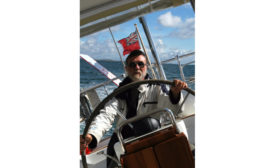TPPL battery claims vs lithium-ion battery claims in marine applications
TPPL batteries require regular extended charges at declining charge acceptance rates to bring the batteries to a full state of charge in order to hold sulfation at bay.
Read More
